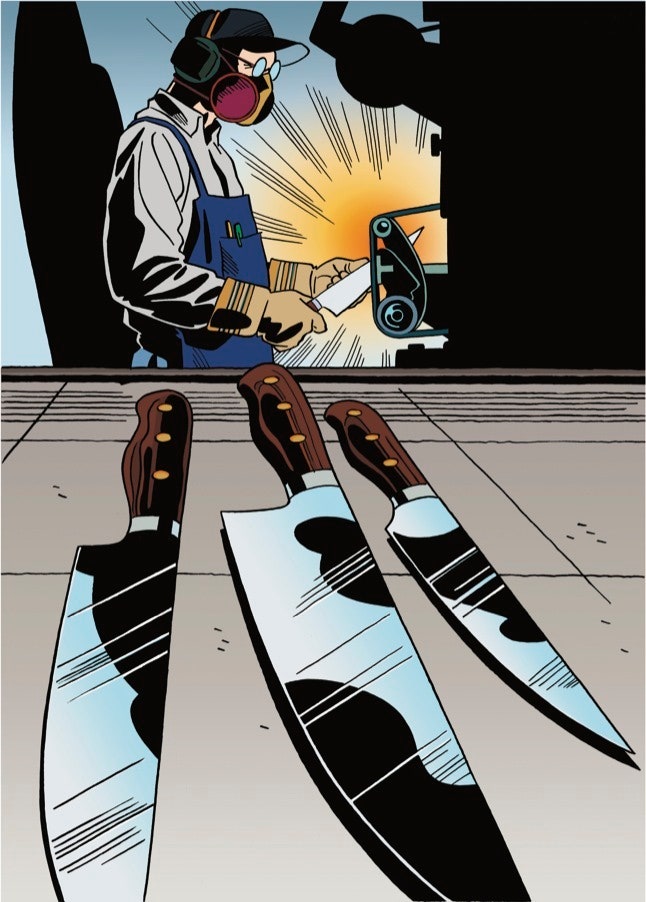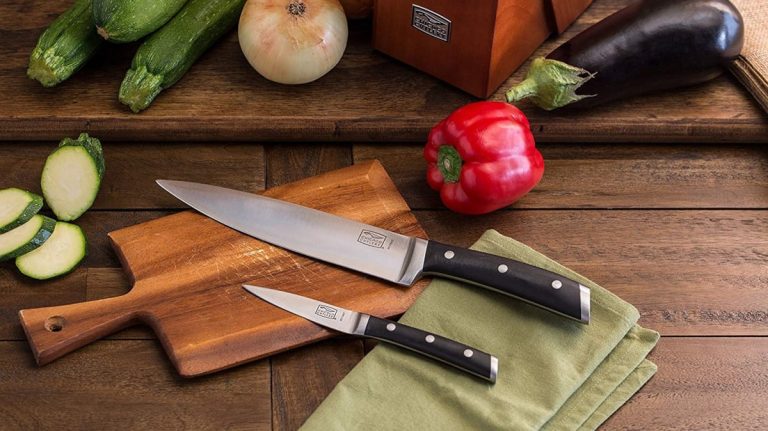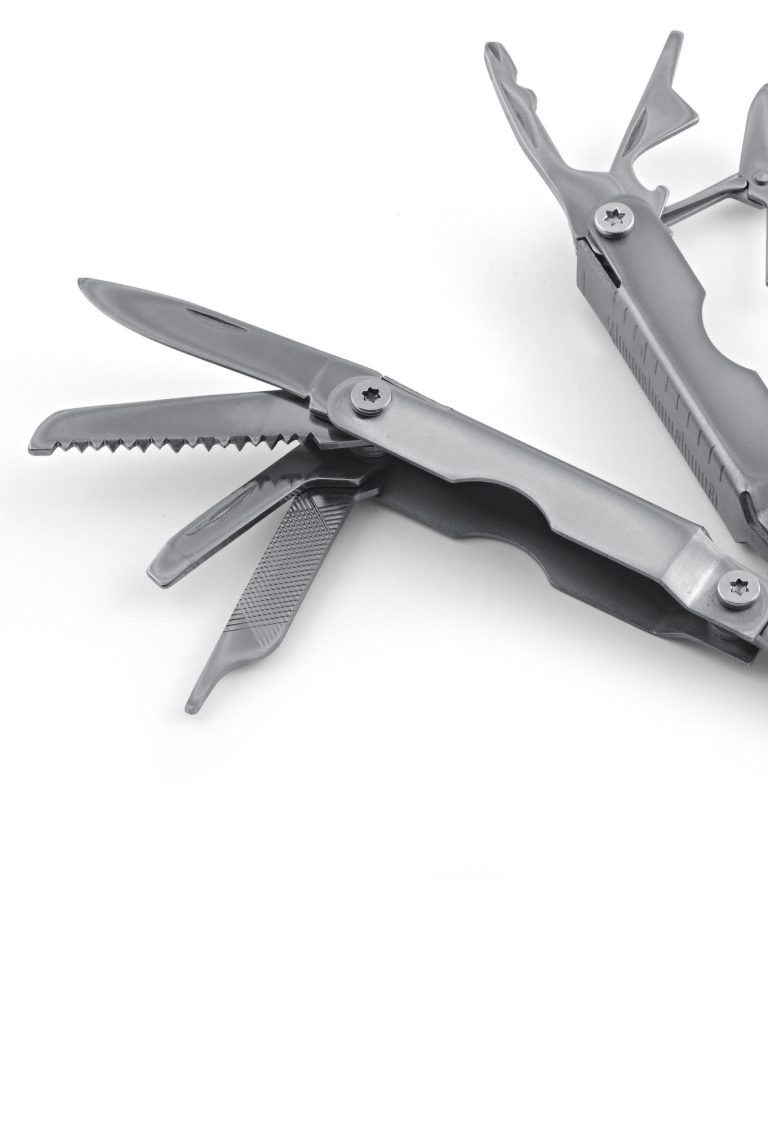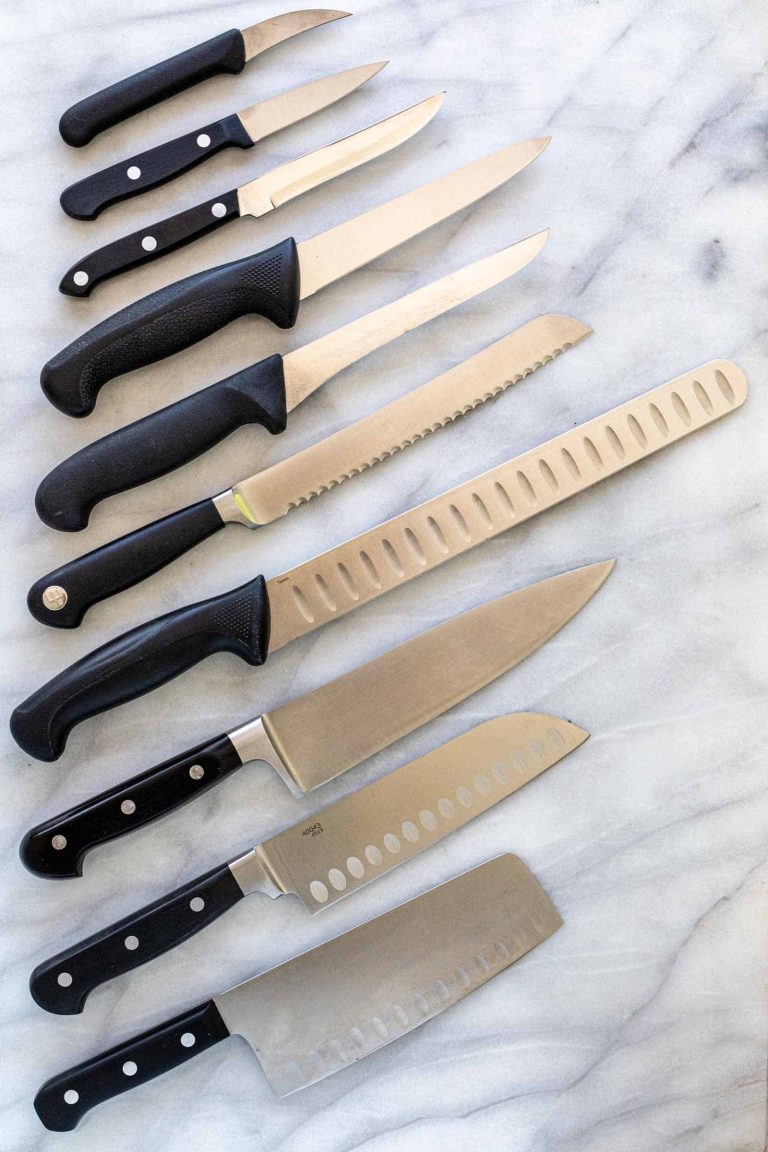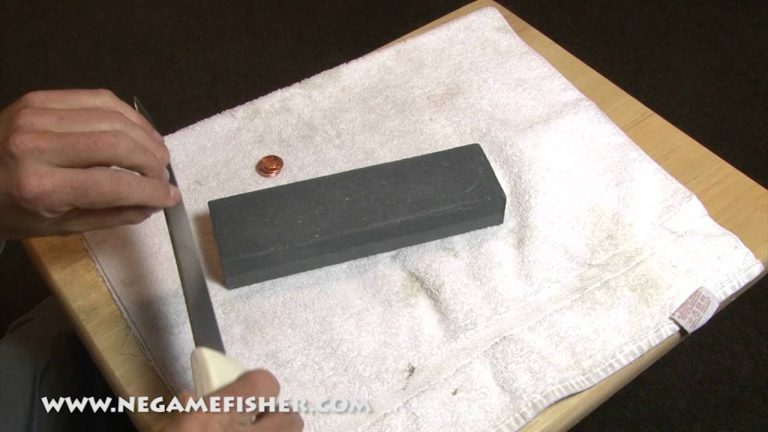Fishing Knife Care for Longevity
Proper care is essential for the longevity of your fishing knife. Here is how to maintain it.
Fishing knives are a valuable tool for anglers, assisting in cleaning and filleting their prized catches. To ensure your fishing knife remains in top condition, proper care is essential. Regular maintenance, cleaning, and storage practices will enhance its longevity, allowing you to rely on it for years to come.
We will provide you with essential tips for fishing knife care that are easy to follow and will help you keep your knife sharp, rust-free, and ready for action. By following these guidelines, you can ensure that your fishing knife remains a reliable companion on all your fishing adventures.
Extend The Lifespan Of Your Fishing Knife
Proper care and maintenance are essential for ensuring the longevity of your fishing knife. By following these guidelines, you can extend the lifespan of your knife and ensure its optimal performance:
| Store Your Knife Properly: | Always store your fishing knife in a dry and safe place. Consider using a sheath or blade cover to protect the knife from moisture, dust, and potential damage. |
| Keep Your Knife Clean and Dry: | After each use, clean your knife with freshwater and mild soap. Thoroughly dry the blade to prevent oxidation and corrosion. Avoid using harsh chemicals or abrasive materials that may damage the blade’s surface. |
| Regularly Inspect Your Knife for Damage: | Periodically examine your fishing knife for any signs of wear, including loose handles, rust spots, or dull blades. Address any issues promptly to prevent further damage and maintain the knife’s functionality. |
By incorporating these simple practices into your fishing knife care routine, you can ensure the long-lasting quality and performance of your knife, enhancing your fishing experience.
Choosing The Right Fishing Knife For Longevity
Choosing the right fishing knife is crucial for ensuring its longevity. One important factor to consider is the blade material. Opt for a blade made from high-quality materials like stainless steel or carbon steel, as these are known for their durability and resistance to corrosion. Additionally, a quality handle is essential for a long-lasting fishing knife. Look for handles made from materials like sturdy wood, synthetic materials, or rubber, as they provide a comfortable grip and are resistant to moisture. Another aspect to evaluate is the knife’s construction. A well-constructed knife will have a full-tang design, where the blade extends through the entire length of the handle, ensuring strength and stability. It’s also essential to check for proper blade alignment and a secure handle attachment. By considering these factors, you can choose a fishing knife that will serve you well for a long time.
Cleaning Your Fishing Knife
Cleaning Your Fishing Knife:
Properly cleaning your fishing knife is essential for maintaining its longevity. Start by removing any residue or debris from the blade. This can be done by gently wiping the knife with a soft cloth or using a small brush to clean off stubborn dirt.
To effectively clean the knife, use mild soap and water. Avoid using harsh chemicals or abrasive cleaners as they can damage the blade’s finish. Gently lather the soap on the blade and handle, carefully removing any grime or stains. Rinse the knife thoroughly with water to remove any soap residue.
After cleaning, it’s crucial to dry your knife thoroughly to prevent rust and corrosion. Use a soft cloth to remove any excess moisture, paying close attention to the blade’s edges and crevices. Consider applying a thin coat of lubricating oil to protect the blade and prevent rust formation.
By following these simple steps, you can keep your fishing knife clean and in excellent condition for long-lasting use.
Sharpening Your Fishing Knife
Proper care and maintenance of your fishing knife is essential to ensure its longevity and performance. One crucial aspect of knife care is sharpening. To maintain a sharp edge, you need to understand the sharpening angle. Different knife blades have varying angles, usually ranging between 15 to 20 degrees. Using the correct angle is vital to achieving the desired sharpness.
When sharpening your fishing knife, use the right sharpening tools. Options include whetstones, diamond sharpeners, and electric sharpeners. Ensure that the tools are suitable for the type of knife you have.
To test the sharpness of your knife, perform a simple test. Gently run the edge across a piece of paper or your fingernail. If it glides smoothly without tearing or slipping, your knife is sharp. If it catches or feels dull, it may require further sharpening.
Lubricating And Rust Prevention
Proper care and maintenance of your fishing knife is crucial for ensuring its longevity and optimal performance. Lubricating and preventing rust are essential steps in this process.
To apply a light coat of oil, focus on both the blade and pivot area. This helps to reduce friction and keeps the knife moving smoothly. Additionally, regular oiling prevents corrosion and extends the life of your blade.
Rust is the primary enemy of any metal object, including fishing knives. It can weaken the blade, affecting its cutting ability. To prevent rust, regularly check your knife for any signs of corrosion. If you notice any, take immediate action to remove the rust and prevent further damage.
By following these simple steps, you can ensure that your fishing knife remains in top condition, ready to tackle any fishing adventure.
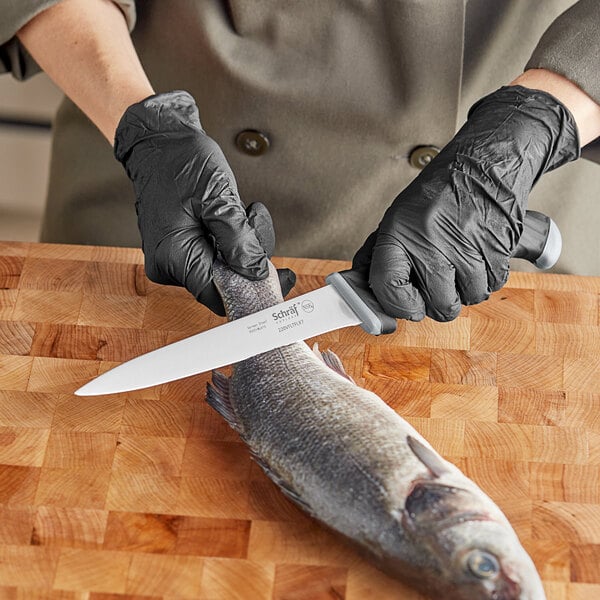
Credit: www.webstaurantstore.com
Safe Handling Practices
Fishing knife care is crucial for maintaining its longevity. One of the most important aspects of knife care is practicing safe handling practices. To ensure proper knife safety, use your knife for its intended purpose and avoid using it for tasks it’s not designed for. Applying excessive force or pressure can damage the blade or handle, leading to decreased performance and longevity. Always exercise caution when using a knife to prevent accidents and injuries. It’s also essential to maintain a sharp blade to enhance its efficiency and safety. Regularly sharpen and clean your fishing knife to remove dirt, rust, and any other residues that may affect its performance. By following proper safe handling practices, you can enhance the lifespan of your fishing knife and ensure its optimal performance on fishing expeditions.
Maintenance After Use
After using your fishing knife, it is essential to properly maintain it for longevity. One crucial step is to **clean and dry your knife thoroughly** after every use. Use mild soap and water to remove any dirt or residue, taking extra care around the blade. Dry it completely to prevent rusting and minimize any potential damage.
Another important maintenance practice is to regularly **inspect your knife for any wear or damage**. Check for any signs of corrosion, loose components, or dullness in the blade. If you notice any issues, address them promptly to prevent further deterioration and ensure optimal performance.
Finally, **store your knife in a secure and dry place** to protect it from moisture and external elements. Consider using a sheath or knife case to provide additional protection. By following these maintenance steps, you can significantly extend the lifespan of your fishing knife and continue to enjoy its reliable performance for many fishing trips to come.
Professional Maintenance And Repair Services
| Fishing Knife Care for Longevity |
| Professional Maintenance and Repair Services |
Fishing knives are essential tools for any angler, and proper maintenance and care are crucial for their longevity. While regular cleaning and sharpening can be done at home, there are instances when seeking professional help becomes necessary.
When to Seek Professional Help
It’s important to recognize when your fishing knife requires expert attention. If you notice significant damage, such as a broken blade or handle, it’s best to consult a professional for repair. Additionally, if despite your efforts, the knife doesn’t function properly or doesn’t retain its sharpness after sharpening, it may be time to seek professional assistance.
Research and Choose a Trustworthy Professional
When choosing a professional maintenance and repair service, research is crucial to ensure you find a trustworthy expert. Look for reviews and recommendations from other anglers to help you make an informed decision. Trusting your valued fishing knife to someone competent and reliable will give you peace of mind.
Communicate Your Knife’s Issues Clearly
When visiting a professional, it’s important to communicate your knife’s issues clearly. Describe the problems you have encountered, such as functionality, sharpness, or any visible damage. Clear communication will enable the professional to address and resolve the issues effectively, ensuring your fishing knife is restored to its optimal condition.
Conclusion
Proper care and maintenance of your fishing knife is crucial for its longevity and performance. By following these guidelines, you can ensure that your knife remains sharp, rust-free, and ready for every fishing adventure. Regular cleaning, drying, and oiling will prevent corrosion and extend the life of your knife.
Storing it in a sheath or protective cover will also help prevent accidental damage and maintain its sharpness over time. Sharpening the blade when necessary and avoiding excessive force will ensure a precise and efficient cutting experience. Remember to handle your knife with care and avoid using it for tasks it wasn’t intended for.
With a little attention and care, your fishing knife can be a valuable tool that lasts for years to come. So go ahead and enjoy your fishing trips, knowing that your well-cared-for knife is always by your side.

